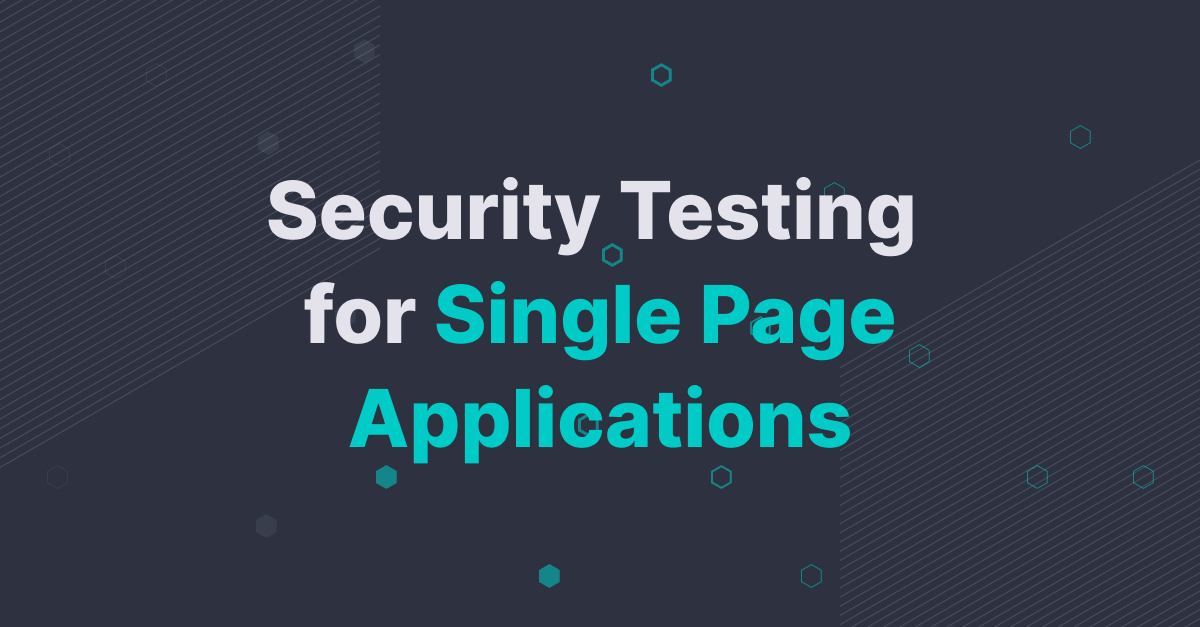
Single-Page Applications (SPAs) have gained immense popularity in recent years due to their enhanced user experience and responsiveness. Unlike traditional multi-page applications, SPAs load once and dynamically update content as users interact with them. However, this architectural shift has introduced new security challenges that require specific testing approaches to ensure robust protection against potential vulnerabilities. In this article, we will explore the unique security considerations for SPAs and discuss effective security testing techniques to safeguard these modern web applications.
The Security Landscape of Single-Page Applications
SPAs rely heavily on client-side JavaScript frameworks like React, Angular, or Vue.js to handle most of the application logic. As a result, the majority of data processing occurs within the client's browser, leaving the backend to serve as an API endpoint. This fundamental architectural difference brings about distinct security challenges:
Cross-Site Scripting (XSS): SPAs are susceptible to DOM-based and reflected XSS attacks due to their dynamic rendering of content. Malicious scripts can be injected into the DOM, compromising user data and session information.
Cross-Site Request Forgery (CSRF): Without proper protection mechanisms, SPAs are vulnerable to CSRF attacks that trick authenticated users into performing unwanted actions on other websites or applications.
Insecure Direct Object References (IDOR): Improperly implemented client-side authorization logic can expose sensitive data and resources, leading to IDOR vulnerabilities.
Data Validation: Since SPAs offload data validation to the client-side, attackers may bypass validation checks and submit malicious data to the backend.
Client-Side Storage: SPAs often rely on local storage or session storage to cache data, making them susceptible to data leakage or tampering.
Security Testing Techniques for SPAs
To address the unique security challenges faced by SPAs, specialized testing techniques are necessary. Here are some essential security testing approaches:
Static Code Analysis: Perform static code analysis on the SPA's client-side code to identify potential security flaws, such as XSS-prone code patterns or insecure data handling.
Dynamic Security Scanning: Employ dynamic security scanning tools that interact with the SPA in real-time to identify vulnerabilities like XSS, CSRF, and IDOR. These tools simulate user interactions and analyze responses to identify potential weaknesses.
Penetration Testing: Conduct thorough penetration testing to simulate real-world attacks and assess the resilience of the SPA against various security threats. Testers can emulate malicious actors to identify potential entry points and vulnerabilities.
Input Validation: Ensure that all user inputs are validated both on the client-side and the server-side. Validate data format, type, and length to prevent injection attacks.
Authentication and Authorization Testing: Test the authentication and authorization mechanisms of the SPA to verify that only authorized users can access sensitive resources.
Data Encryption: Implement strong encryption mechanisms to secure sensitive data transmitted between the client and server.
Content Security Policy (CSP): Employ a robust CSP to restrict the sources of executable scripts and prevent code injection attacks.
Conclusion
As Single-Page Applications continue to gain popularity for their enhanced user experience, it is imperative to prioritize their security to protect users and sensitive data. By understanding the unique security challenges faced by SPAs and adopting specialized testing techniques, developers and security professionals can ensure that these modern web applications are resilient against potential vulnerabilities. Regular security testing, code reviews, and adherence to best practices will play a crucial role in fortifying SPAs against emerging security threats in the ever-evolving digital landscape.




